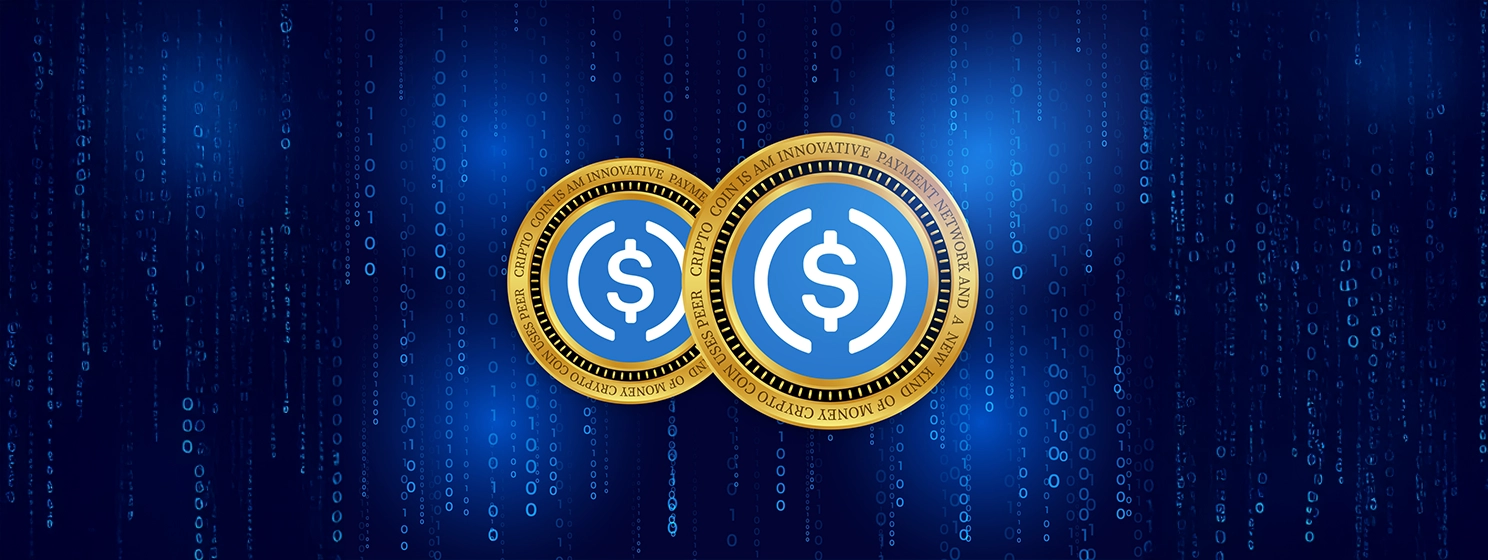To Citi (Nasdaq: c) The report has predicted that the StableCoin market will achieve a $ 1.9 trillion valuation at the end of the decade in his base case scenario, while leaving room for an extra growth spurt.
Citi -Analyst revealed The fact that Stablecoins is the “chatgpt moment” for the institutional assumption of blockchain. Akin to the emergence of Artificial Intelligence (AI) chatbotsThe report tips Stablecoins to register high growth in valuation in the coming years.
While CITI analysts have predicted a base case of $ 1.9 trillion for the asset class, the report predicted that Stablecoins can climb to $ 4 trillion at the end of 2030 in its bullfall scenario. Global Stablecoin capitalization is $ 307 billion and rises from $ 200 billion in early 2025.
Citi attaches its prediction of 58% growth that Stablecos has been noted in 2025, with analysts that predict that the trend will continue until the end of the decade. Apart from a strong 2025, CITI analysts have been highlighted a number of Stablecoin project messages in the ecosystem.
Early in the year, Trump-backed world-free economic (WLF) threw his hat in the Stablecoin race with the launch of USD1with a variety of US-based financial institutions planning their StableCoin rolls. Citi noted that flurry of announcements originated from recent regulatory support in the United States, as highlighted by the signing of Genius by US President Donald Trump.
While use cases have risen from domestic and cross -border paymentsCiti notes that Stablecoin -Boom will not fully overeat the financial system. However, analysts refer to the innovation as “continued progress” towards smarter finance.
“We don’t think crypto will burn the existing system,” reads the CITI report. “Rather, it helps us re -form it.”
Citi revealed that domestic payments can already process real -time payments and at low cost, which provides competition to Stablecoins. While cross-border payments appear to be the primary use case, the report noted that fintech companies and traditional financial institutions make significant progress to reduce decommissioning times and fees.
A series of challenges for Stablecoins
Despite the positive figures for Stablecoins, Citi’s forecast also looks at the challenges in the sector. First, regulatory uncertainty remains for Stablecoins outside the United States, leading to hiccups in global adoption metrics.
For several Stablecoin issuers remain the question of reserves a long -term concern, while others are facing allegations of market manipulation. Several high -profile Stablecoin collapses, for example Terrace (UST), has raised concerns about the security opening unit and urged the authorities to tighten the regulations.
Digital Asset Exchange users choose confidence in low fees: Kraken Survey
In the midst of the increase in digital access adoption, analysts at the Craken have revealed that individuals put a premium on confidence in low fees in their choice of exchanges.
According to a ReportKraken -analysts examined 1,000 digital asset owners in the United States to determine consumer behavior in choosing exchange. According to the survey, 79% of respondents revealed that they are willing to pay higher fees when buying and selling digital assets from an exchange they trust.
Mark Greenberg, Global Consumer Manager at Kraken, revealed that the results indicated that US digital asset users do not blindly chase low fees but take a lot of factors to make their final decision. The study noted that only 16% of respondents highlighted fees as a primary factor for choosing an exchange to buy and sell digital assets.
At the same time, 26% revealed that reliability is the single largest factor for determining their choice of exchange, with 14% that places a premium on security functions.
“When the market matures, investors show that they value long -term confidence over short -term savings,” Greenberg said. “People want to know that their assets are safe, that the platform is reliable and that they can access the tools they need without unnecessary complexity.”
The craze’s investigation emphasized that American residents are not particularly concerned about regulation of compliance with digital asset exchanges they trade in. Only 6% of respondents revealed that legislative compliance played a role in their choice of exchange, while 7% pointed to customer support functions as a significant factor.
Given the supply of factors, 44% of respondents confirmed that they maintain accounts with at least two digital exchanges, while almost 26% revealed with over three exchanges. The respondents revealed that several exchanges offered the benefits to diversify the platform risk while giving access to broader lists.
A growing number US-based digital asset users Turns to decentralized exchanges and offers the benefits of greater privacy and revenue opportunities through the provision of liquidity. The Crak’s report noted that the trade volumes of decentralized exchanges Has increased by 259% since 2024, curved by the increasing popularity of hyperliquid and astar.
Stiff Exchange competition in the US
While coinbase (Nasdaq: Coins) has the largest market share for digital supply exchanges, several service providers are keen to increase their piece of the ecosystem. The Kraken murmurs the opportunity to publish with immediate plans to raise money for a tentative IPO 2025, reflect Gemini and Coinbase.
In the middle of it IPOA hectic regulatory compliance race is ongoing among US-based units, but a wave of security violations has caused concern. Coinbase has suffered several Customer data leakageWhile the Kraken has met critical bugs in the past and forced consumers to approach the choice of an exchange with caution.
Look at | Mica and the future of Stablecoins: What comes the next for Tether?
https://www.youtube.com/watch?v=wn5rw04wwiw Title = “Youtube video player” Ramborder = “0” Allow = “Accelerometer; Autoplay; Clipboard Writing; Encrypted-Media; Gyroscopes; Image-in-Image; Web-Share” Reference Policy = “Strict-Origin-When-Cross-ORIGIN” permitting lorscene = “” “





